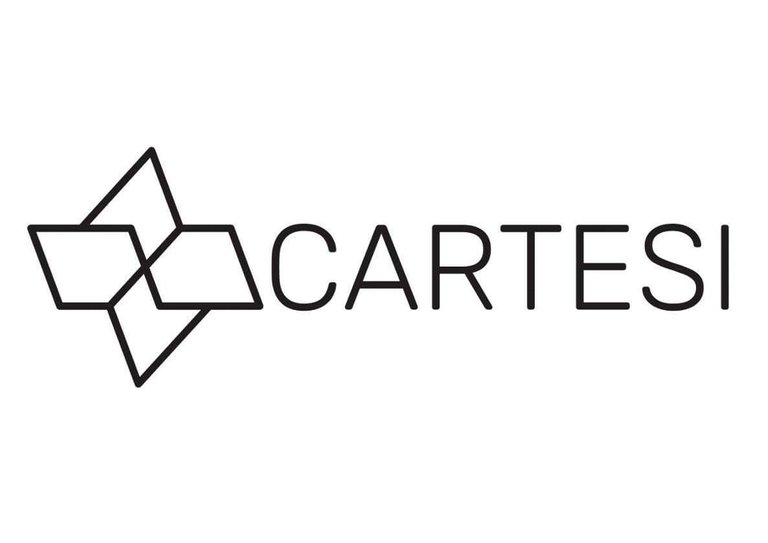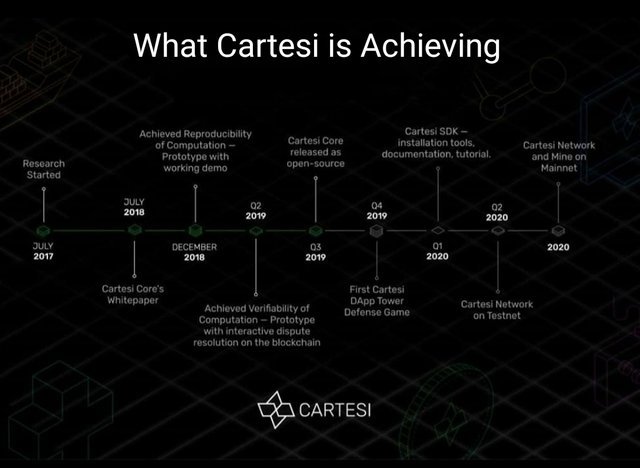
INTRODUCTION
Decentralized Applications (DApps) charted a different course for the development of applications that would be developed, delegated, and run via the blockchain technology. There is no refuting the fact that DApps are greatly needed as far as the blockchain technology is concerned. It should also be noted that the development of DApps doesn’t come with some challenges. It is in the light of those issues facing DApps development that the Cartesi blockchain was launched.
ISSUES WITH DAPPS DEVELOPMENT
What are those issues facing the development of Decentralized Applications (DApps)? They are quite many! First, specific restrictions, including scalability issues limit the possibilities of making use of it. Second, the process is slow, courtesy of the absence of relevant tools for scaling DApps development. Third, developing Decentralized Applications (DApps) under the current framework comes with many financial undertones.
BRINGING LINUX TO THE BLOCKCHAIN
The blockchain technology isn’t restrictive. It doesn’t aim at cutting off a certain part and leaving another. The primary aim of the blockchain technology is to become a unifier of different platforms. Considering that centralized networks running different sectors of the global economy aren’t meeting up to the desired goals, it is now up to the blockchain technology to become the unifier.
Now, the Cartesi blockchain has been able to create the much-needed interoperability between the blockchain network and the real world platforms. Linux is famous for being one of the viable open source Operating Systems (OS) that enables the development and delegation/rendition of different mobile applications on different devices, such as smartphones, tablets, laptops, and supercomputers. The idea behind the integration of the Linux infrastructure into the Cartesi blockchain is because of the feasible approach of the infrastructure in bolstering mobile apps development. It is believed that bringing it into the Cartesi blockchain would help facilitate the development of Decentralized Applications (DApps).
PROPERTIES OF THE CARTESI BLOCKCHAIN
We would now look at the features and properties that make up the Cartesi blockchain. Here they are:
• Real World Computations
Developers wouldn’t be bugged with the hassles associated with the hitherto method of developing DApps. Instead, the addition of the Linux infrastructure bolsters things by enabling the real world computations to take place on the platform. In this case, developers would be allowed to make use of the programming languages, libraries, and any other tools they are familiar with and have been using before now.
• Guaranteed Consensus
You know that the blockchain technology is democratic, right? It doesn’t discriminate but rather unites. That is why it needs all the DApps’ developers to lend a voice to any computations made on the platform. The guaranteeing of the consensus is patterned in a way that every external computation done on the platform must be externally verified by all the involved parties.

CONCLUSION
The Cartesi blockchain is on the right path to chart a course for the development and launch of different kinds of Decentralized
Applications (DApps). The integration of the Linux infrastructure makes things a lot easier!
USEFUL LINKS
Website: https://cartesi.io/
Whitepaper: https://cartesi.io/cartesi_whitepaper.pdf
Telegram: https://t.me/CartesiProject
Twitter: https://twitter.com/cartesiproject
Facebook: https://www.facebook.com/cartesiproject
AUTHORS DETAILS
Bitcointalk username- Uju4real
Bitcointalk profile link- https://bitcointalk.org/index.php?action=profile;u=2202971
Email- [email protected]